Building literacy and bridging the digital divide
The Technology Resource Center was successfully constructed despite some delays due to flooding in Kenya. The center became fully operational in December 2024. In 2024, 231 network teachers and 5,101 students from 9 Network Schools benefited from various technology resources, including desktop computers, high-speed printers, student tablets, and loaner technology equipment. The Academy Computer Lab was utilized for all workshops and scheduled Open House visits by Teacher ICT Training participants. In terms of ICT training for teachers, 136 training workshops were conducted for 231 teachers, with varying levels of proficiency achieved across different modules. There has been a notable increase in the use of technology in classrooms, with 100% of teachers across 9 Network Schools observed using some form of available technology. The teacher observation initiatives led by Tech Patrons showcased a commitment to technology integration across various educational levels. Qualitative beneficiary feedback indicates that the training has been very useful, with teachers feeling more confident in using technology and digital resources in their classrooms. The loaner program has also been a big help for teachers and students, making it easier to plan lessons and keep students engaged.
Founded in 2007, flying Kites is a registered International NGO in the USA and a registered Foundation in Kenya. Its mission is to support collaborative programs that optimize access to quality education, strengthen schools, support teachers, and improve student outcomes, building capacity for impoverished rural communities to sustainability lift them out of poverty.
News
Four new projects approved in June 2021
6 July 2021
The Addax and Oryx Foundation granted funding for four new projects at its June Board meeting.Integrating technology in rural schools
8 April 2025
The Flying Kites Technology Resource Center was successfully constructed despite the challenges posed by flooding in Kenya and has become fully operational as of December 2024. This milestone marks a significant achievement for the center, which aims to enhance digital presence in schools and improve student engagement. (click on the photo to read the rest)Type
EducationDuration
June 2021 – November 2024Location
Njabini / KenyaWith whom
Flying Kites
Website



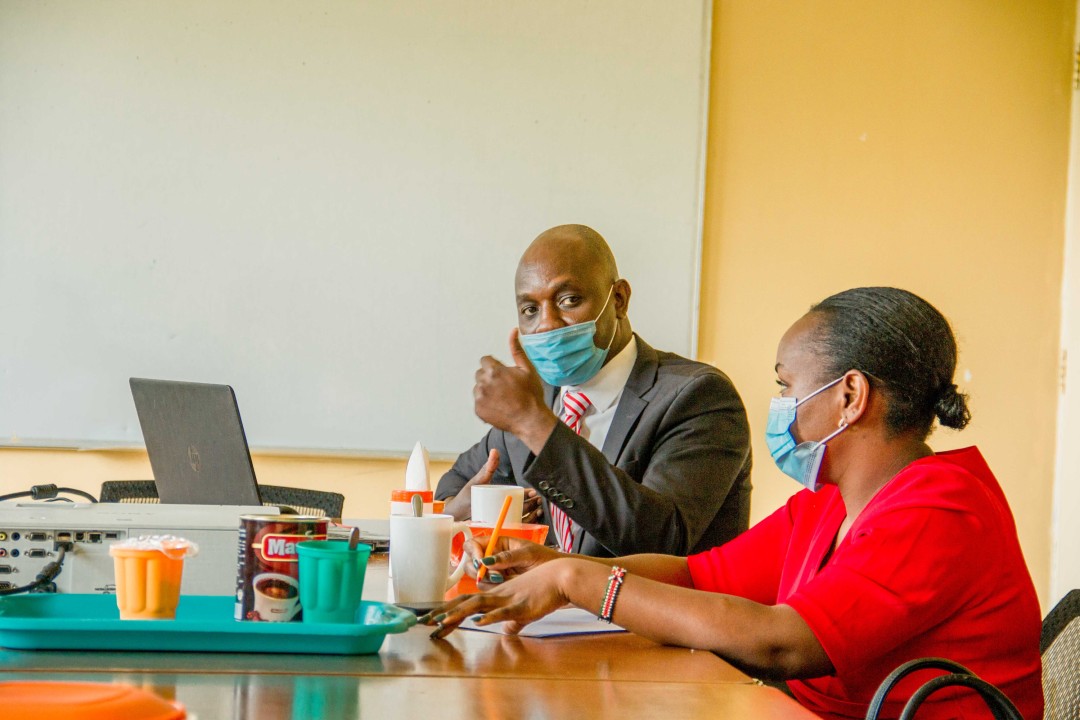



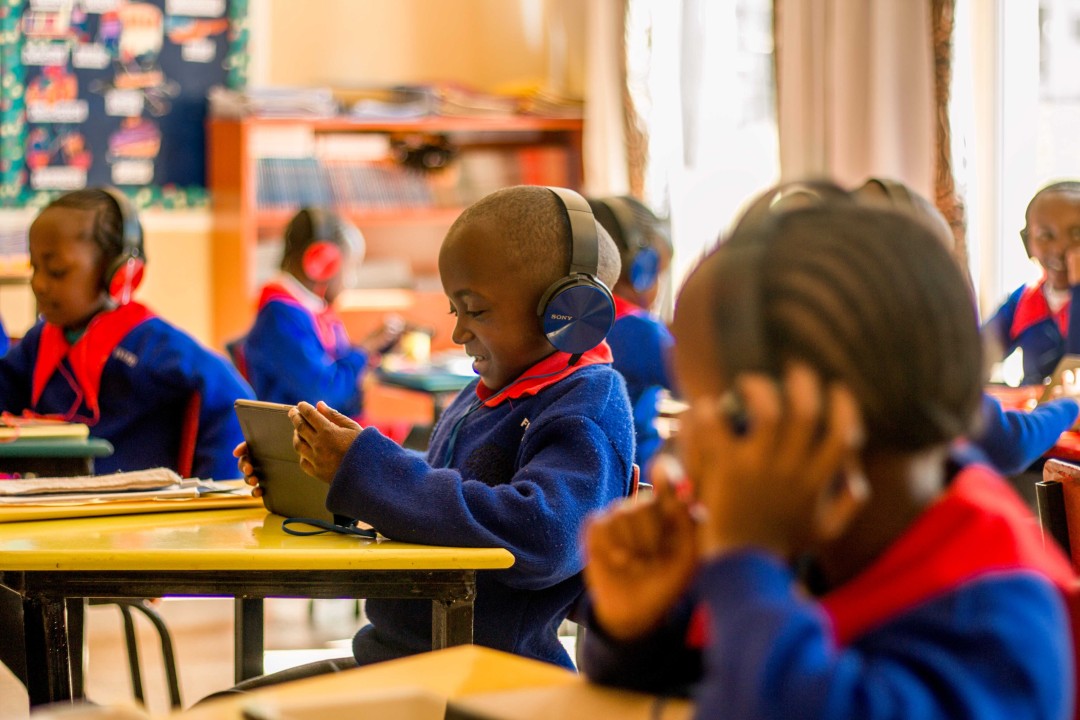
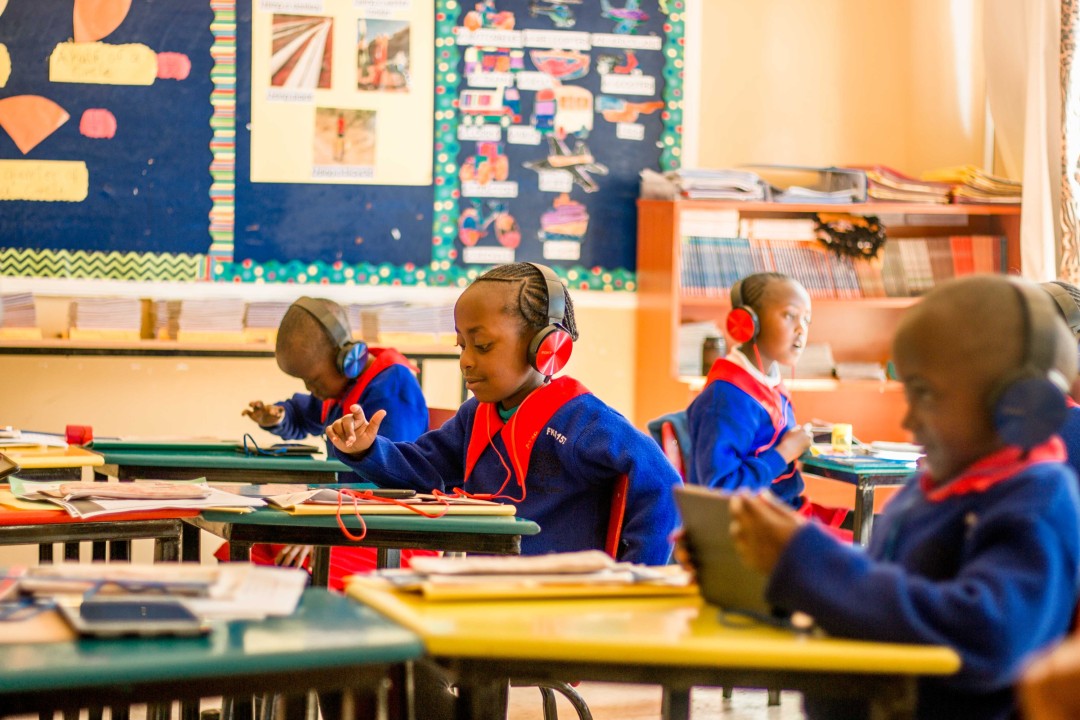
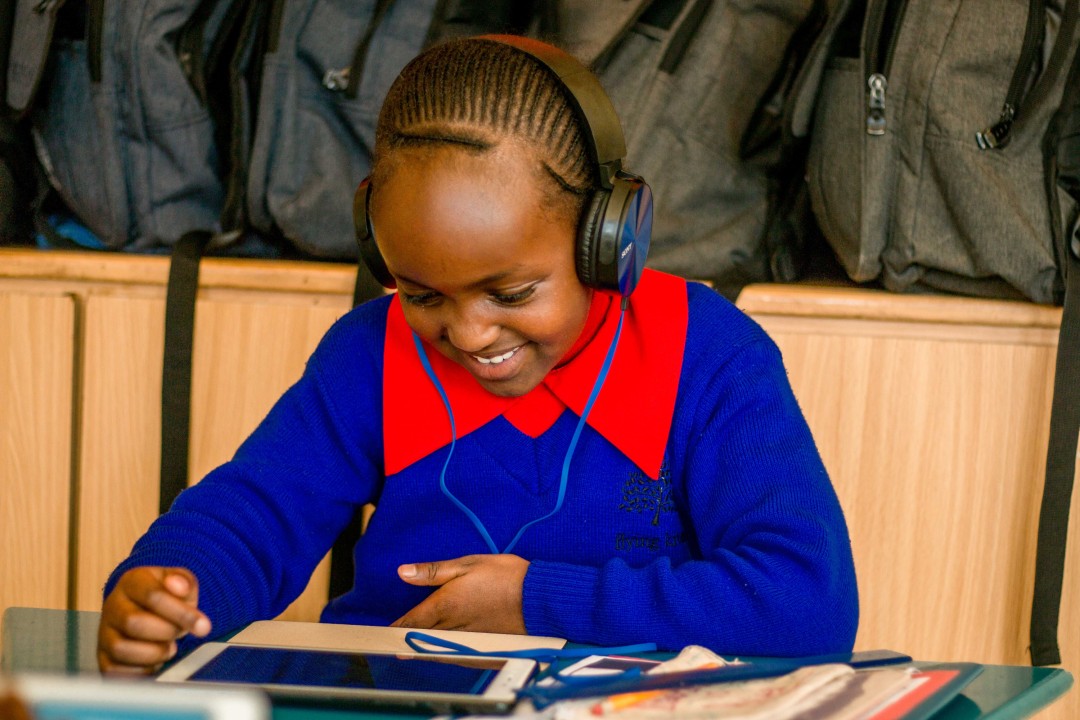

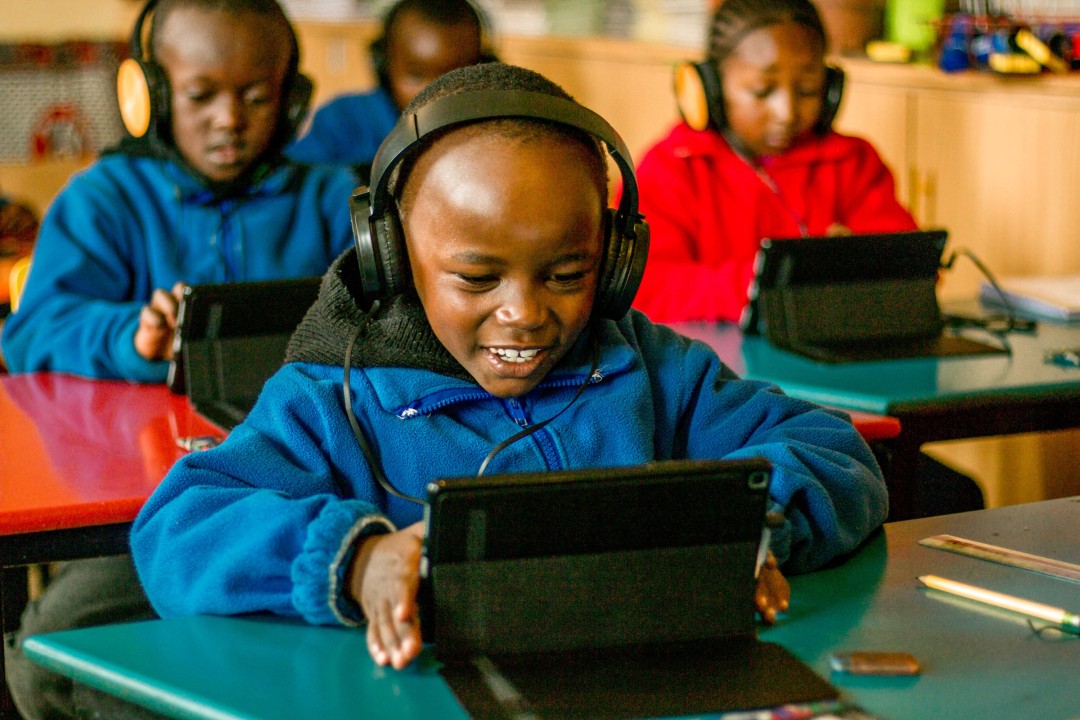
Kenya
Population
49.7 million (2017)
Per Capita Income
USD 1,460/year (2017)
Poverty rate *
36% (2015)
Literacy rate
79% (2016)
Human Development Index
142nd out of 189 countries (2018)
Kenya’s macro-economic conditions have progressed over the past decade, improving the welfare of its population. However, a quarter of its population lives in urban informal settlements, arid and semi-arid rural areas and remain vulnerable to poverty, conflict, structural underdevelopment and disease. Even though national absolute poverty has declined overall, it remains high compared with neighbouring countries. Primary school enrolment has reached 100%. Access to household services such as electricity, improved drinking water and sanitation has steadily increased, even though coverage remains low (23%, 47% and 33% respectively). Youth unemployment and vulnerability to climate change remain key challenges.
Sources: World Food Program, UNICEF, World Bank, 2016 Human Development Report, Human Development Indices and Indicators (2018 Statistical Update)
*The percentage of the population living below the national poverty line.